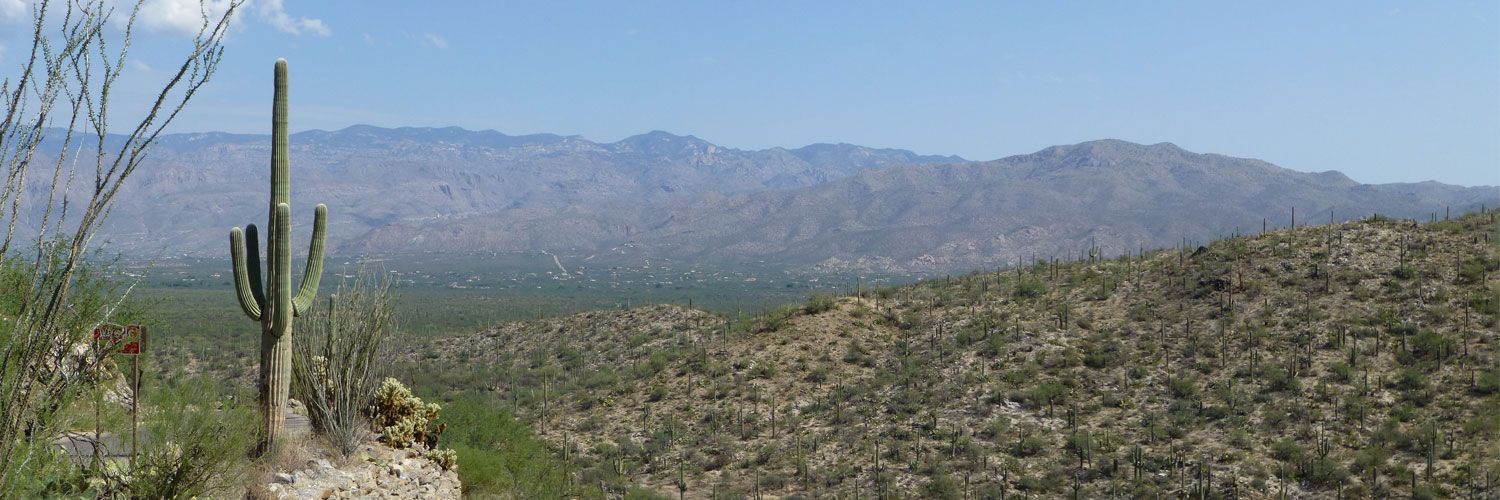
Dry Skin Care in the Desert Southwest
Many areas of the world have dry, arid conditions such as the desert Southwest of the United States. As a resident of southern Arizona, I have learned that dry skin care in a desert environment requires active attention for most of the year. To provide some perspective on the drying stresses that can lead to seasonal dry skin, I tracked values of the Dry Skin Index (DSI) and the water content of skin for 365 days at my residence in Tucson, Arizona.
As shown in the adjacent chart, the DSI and skin hydration levels follow distinct seasonal patterns. These patterns are controlled primarily by water vapor levels in outdoor air and the building properties of my residence (e.g., air exchange rates, water absorption/desorption from building materials, and indoor temperatures).

Changes in the Dry Skin Index and the skin hydration level over an entire year for a residence in Tucson, Arizona.
The most striking feature of the chart is the 7-month period from November to June when dry-skin stressors are the greatest. During this timeframe the DSI exceeds a value of 5 (indicative of moderate drying stresses) and the estimated water content of the outer layer of the stratum corneum (expressed in grams of water per mL of skin) drops well below 0.10 g/mL, which corresponds to a relative humidity level of 60% in ambient air.
The highest levels of ambient water vapor occur during Tucson’s summer monsoon season, which begins in June or July. The monsoons occur when atmospheric conditions promote the transport of moisture from Mexico that subsequently increase humidity levels and trigger thunderstorms in southeast Arizona. Consequently, both the DSI and skin hydration levels change rapidly, reducing skin drying stresses—but only until the monsoons end in September and drying trends begin again (as shown in the plots).
The climate of where you live has a direct impact on the drying stresses on your skin–and the Desert Southwest in the USA is no exception.
By monitoring the seasonal changes in skin stressors, I’m better able to prevent the occurrence of dry skin by proactively applying moisturizing lotions/creams and by operating a bedroom humidifier when indoor humidities are low.
Historically though, my dry skin care was only initiated in response to dry skin—mainly because I was unaware of the impact of drying stresses on my skin. In fact, one of the surprises for me in studying the DSI plot was the long duration of the environmental stresses, which means that my personal skin care requires an ongoing commitment to moisturizer applications that correspond to the magnitude of external skin stressors.
Wrap Up
- The unique, dry desert climate of Tucson, Arizona, produces distinct seasonal variations in drying stressors on skin.
- By monitoring those stressors, dry skin care can be adjusted to compensate for those stressors, helping to prevent undesirable conditions such as itchy dry skin and dandruff.
- Although the focus of this blog article is on Tucson, the climate of where you live as well as the building properties of your residence will produce a different set of seasonal dry skin stresses—and thus the need to monitor and adapt your personal skin care as appropriate.
